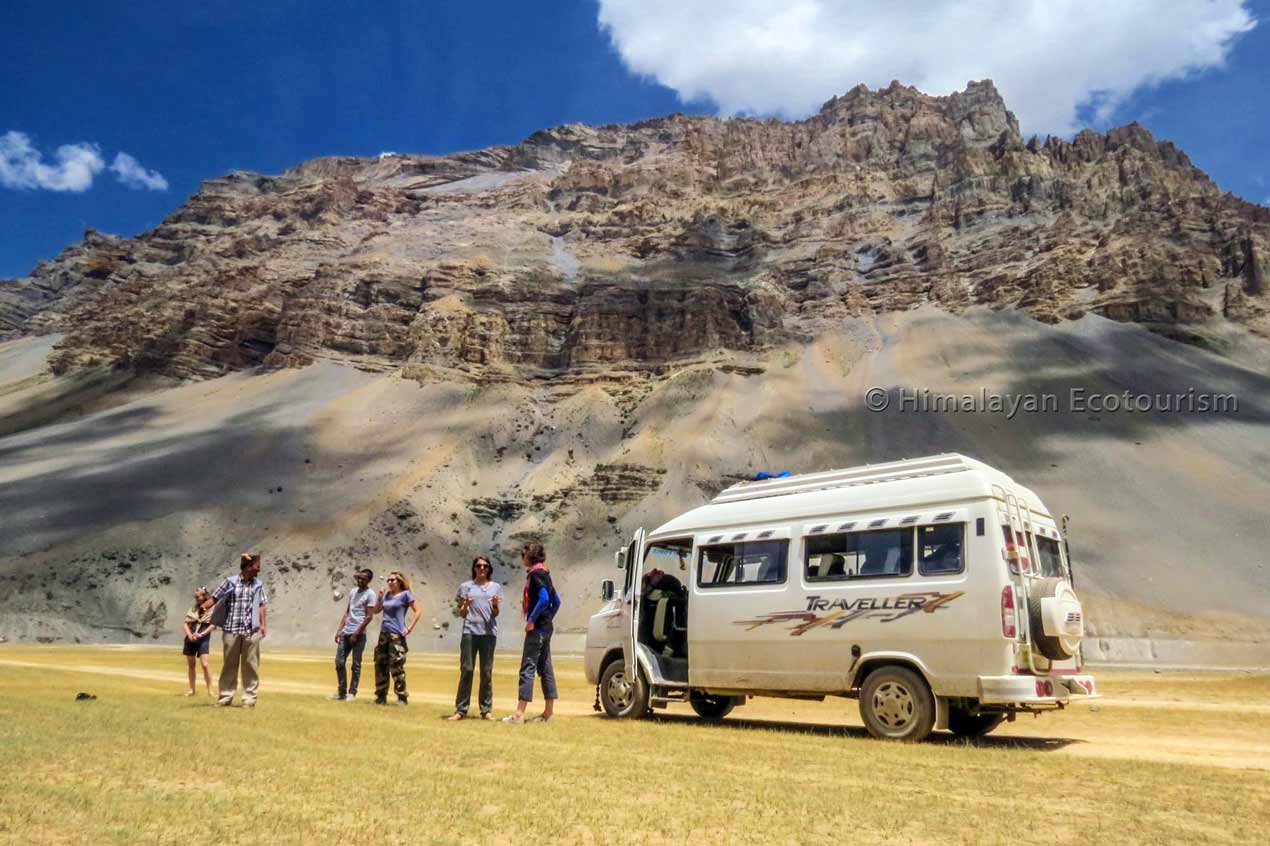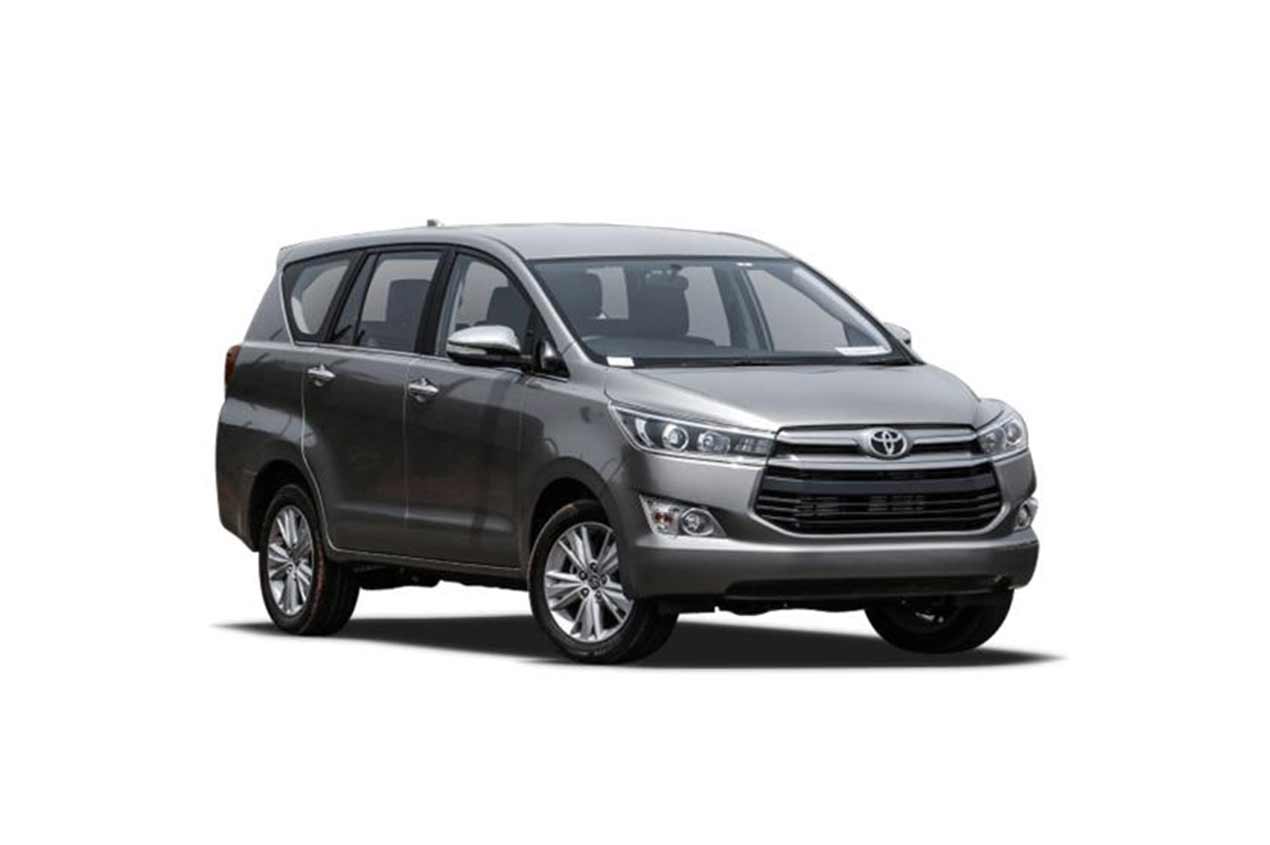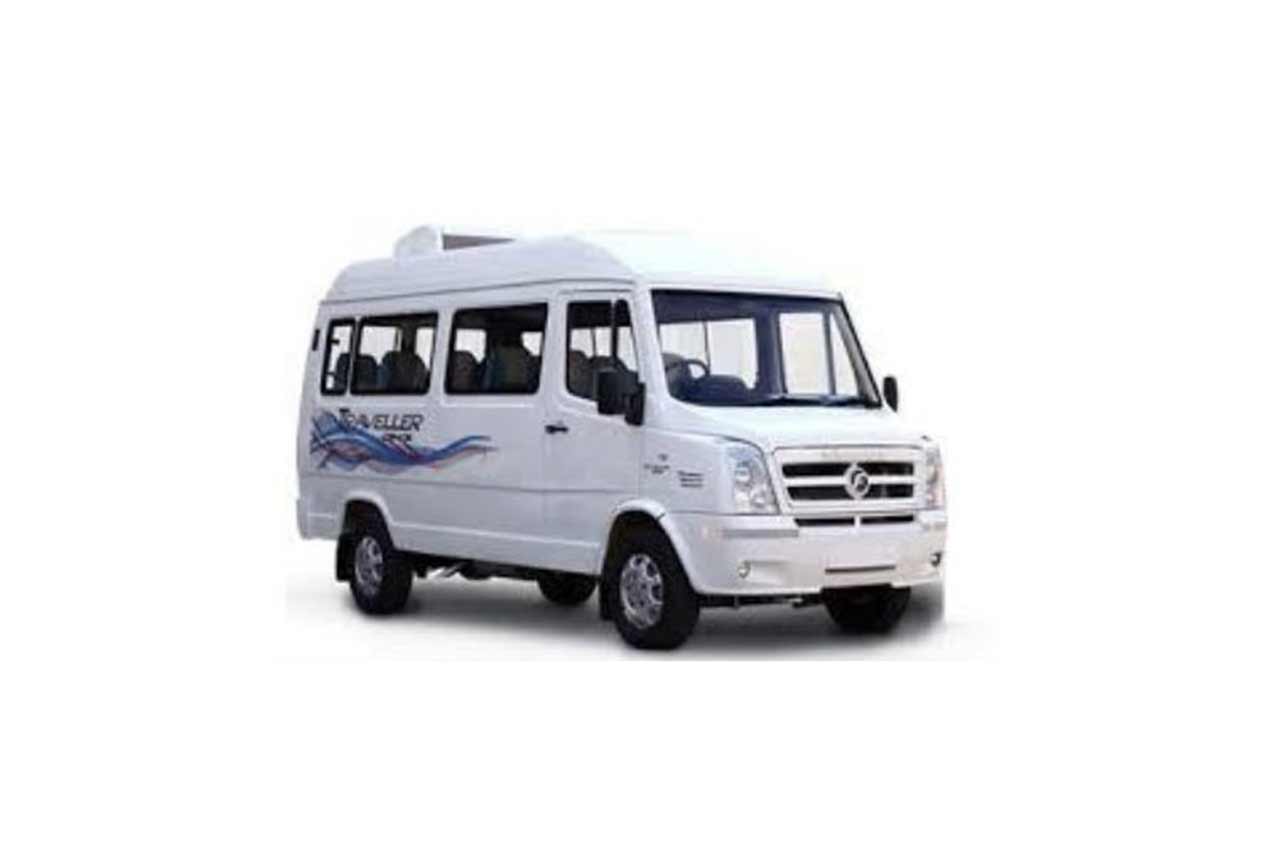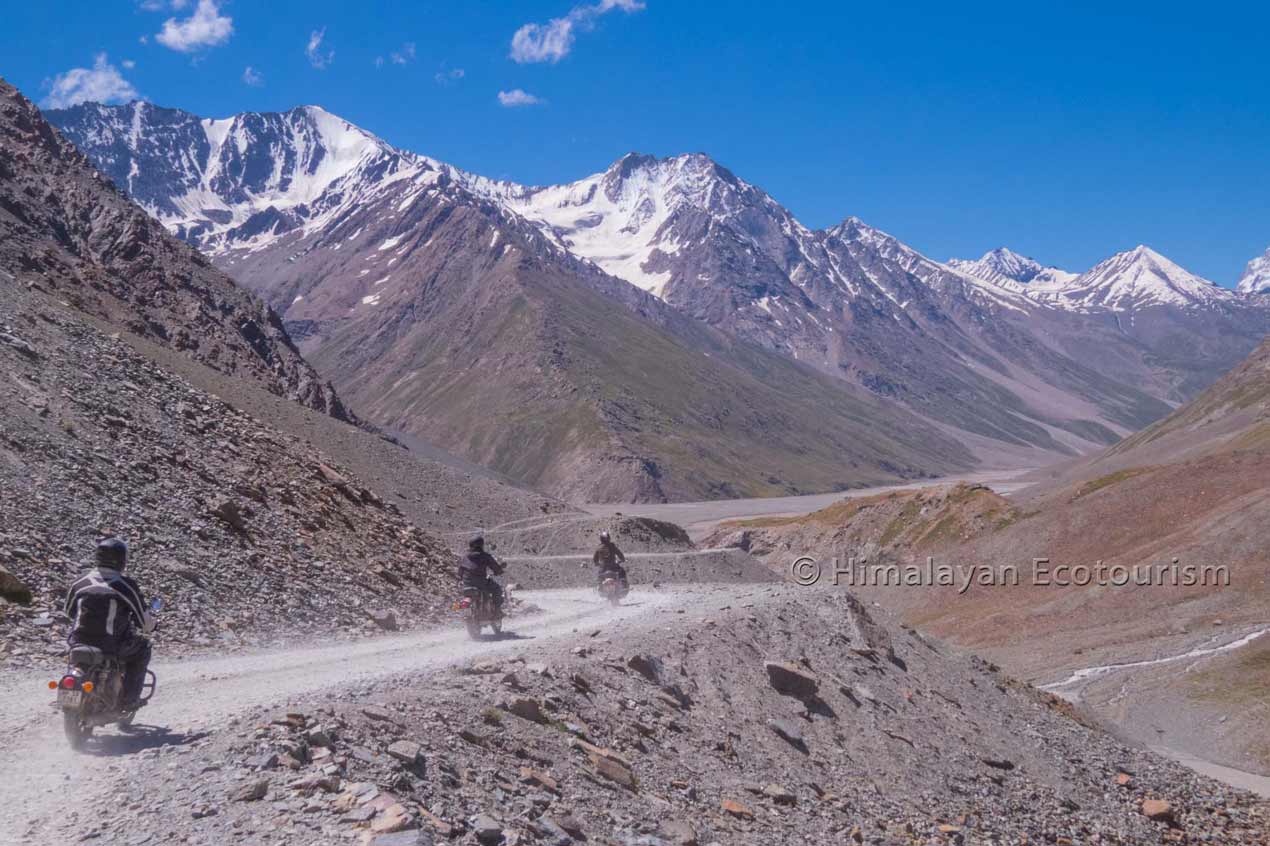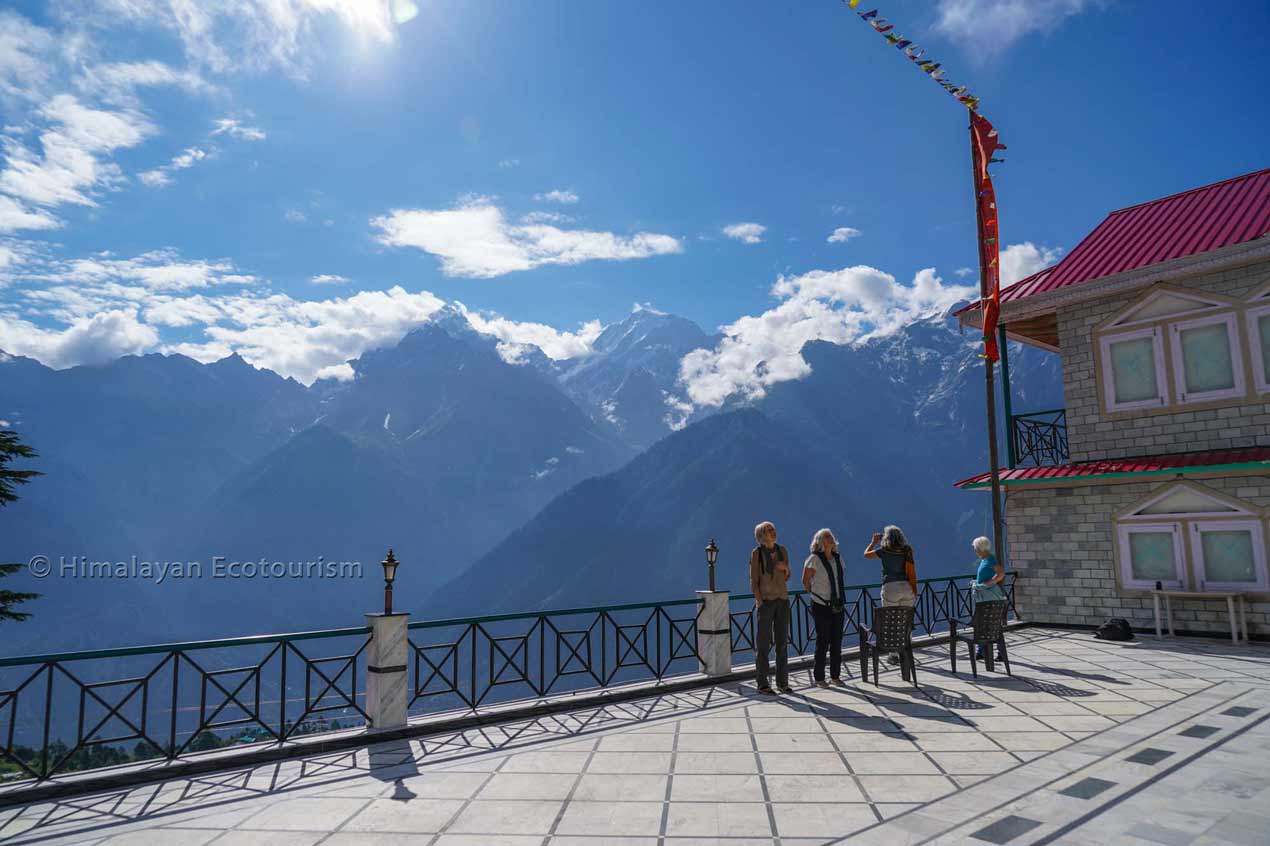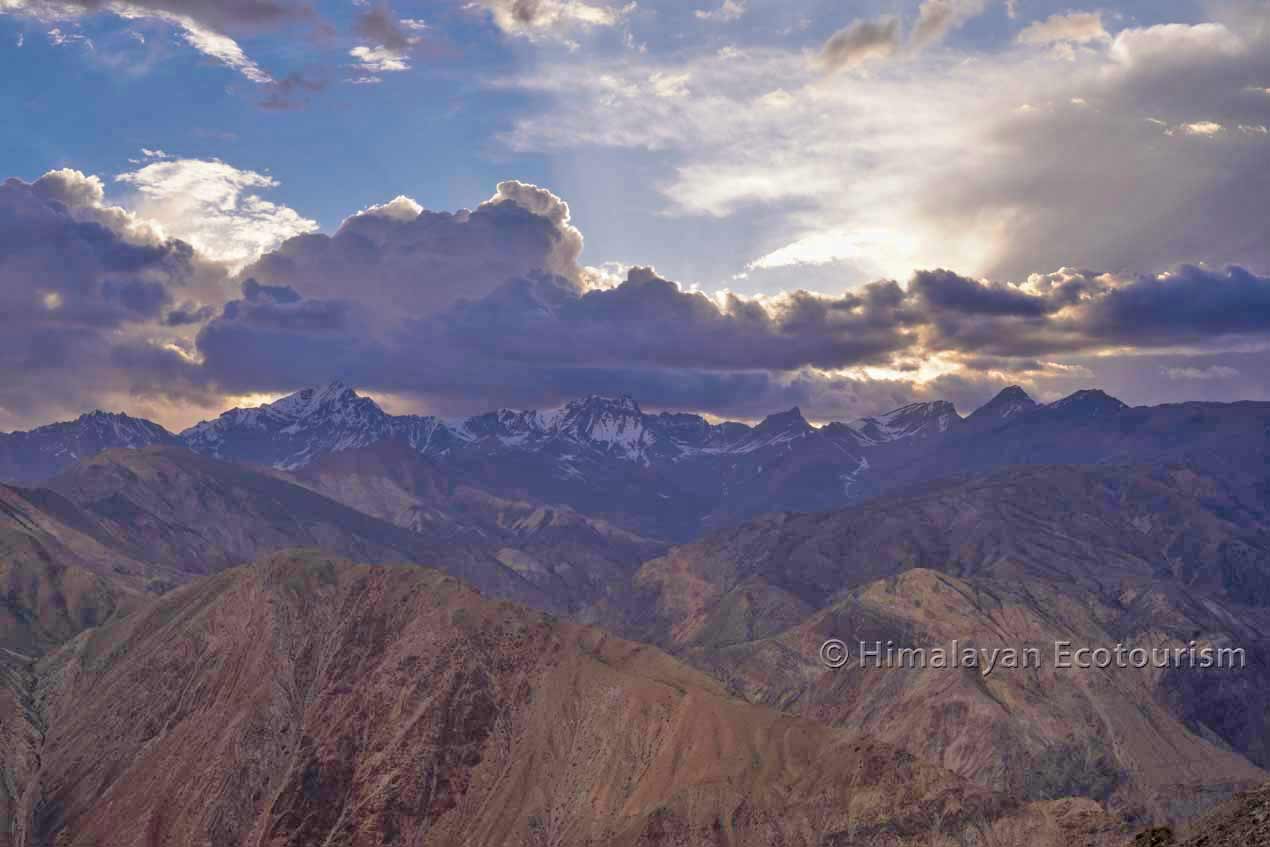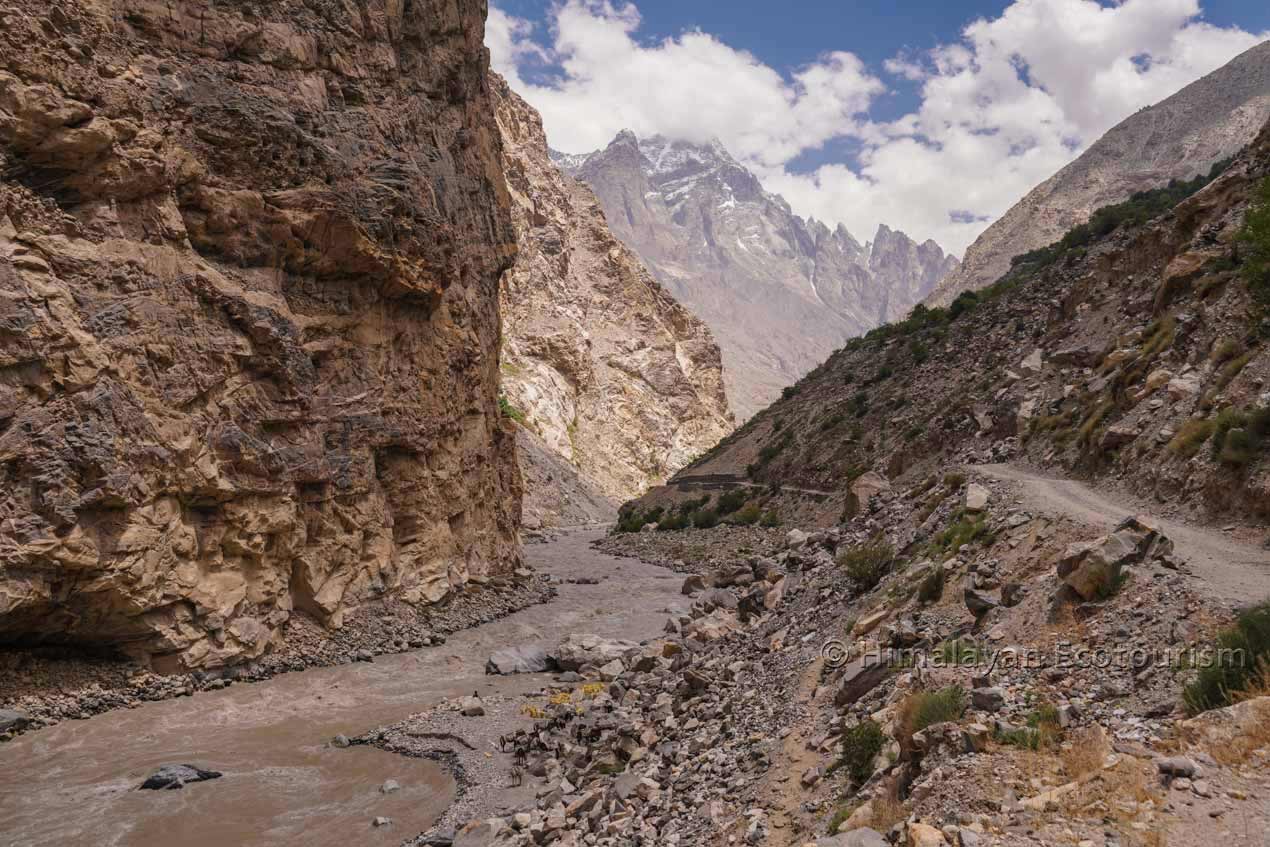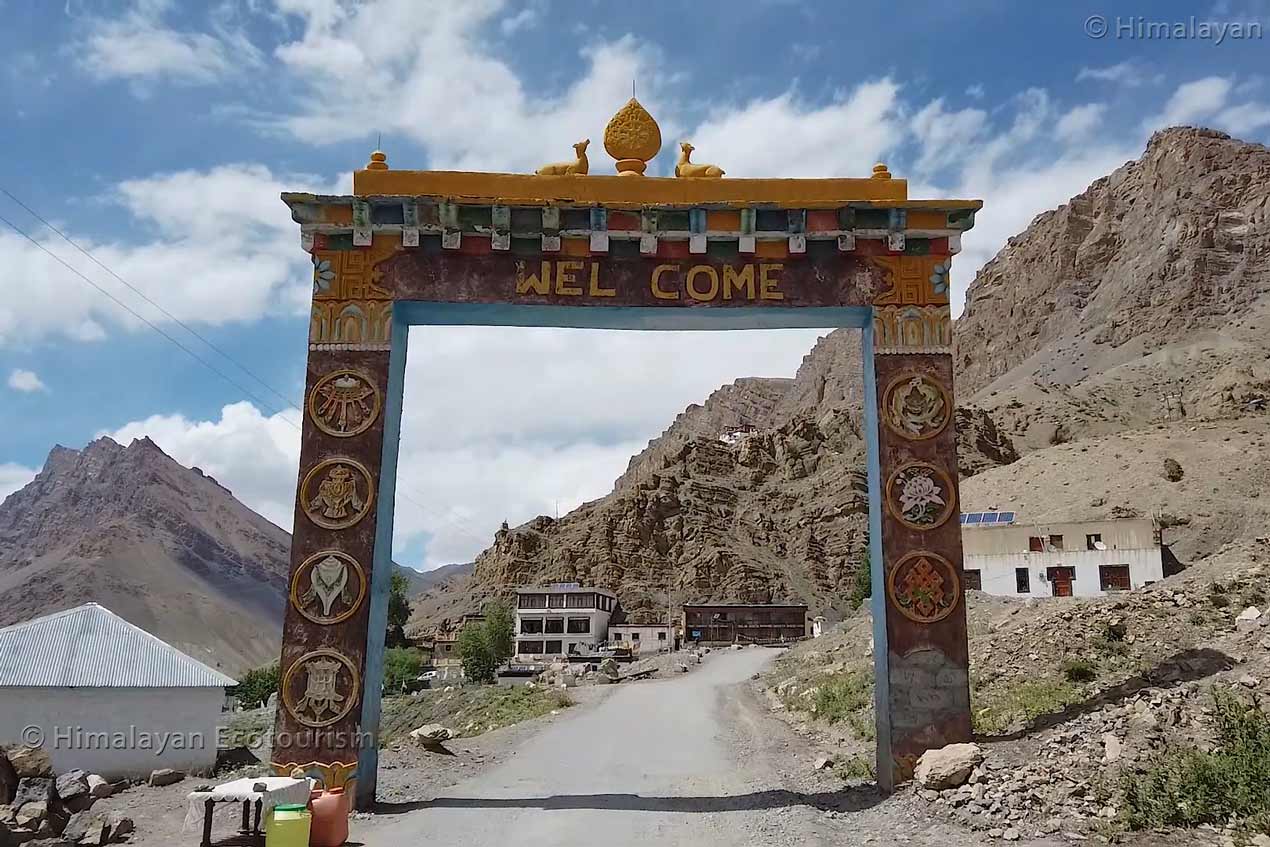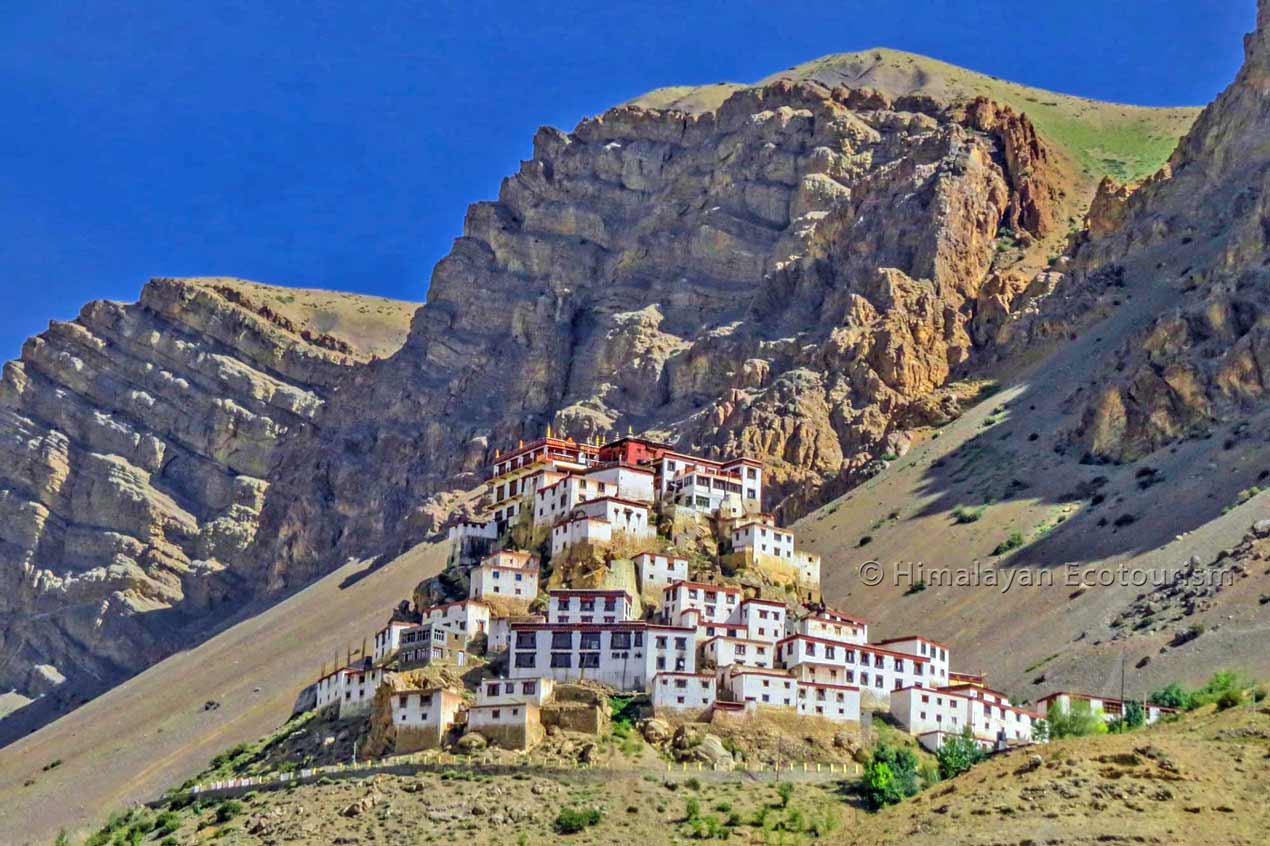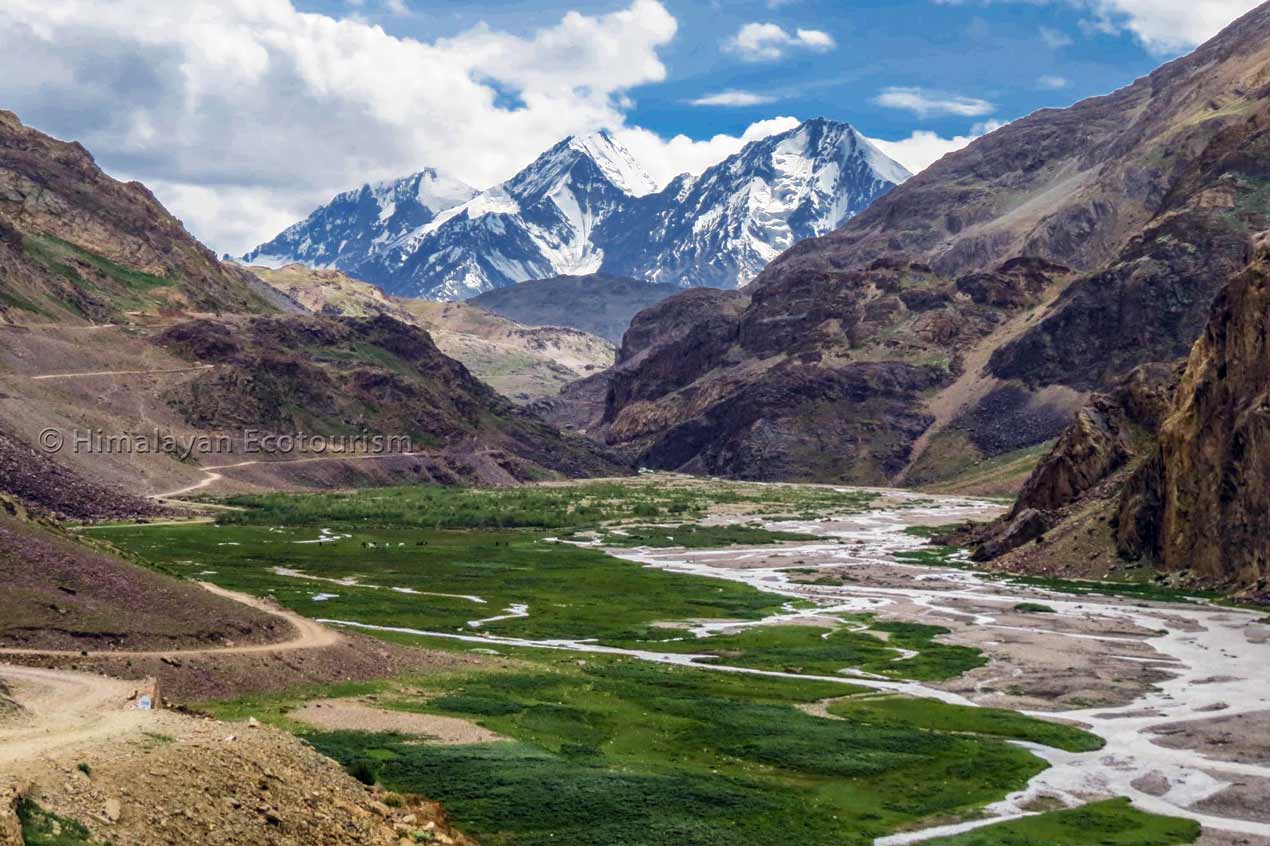Spiti valley tour
We have curated a choice of Spiti Valley packages that you can choose from. There’s the Classic Tour where you’ll explore the local culture and landscapes. For the adventurer in you, we have the Adventure Tour with hiking and trekking opportunities. Our Spiritual Tour focuses on opportunities to engage with Tibetan Buddhism philosophy and teachings. We can also create a Customised tour based on your interests. Additionally, we have volunteer plans if that is something you’d like to explore.
Read our Spiti travel guide and things to do in Spiti to learn more about the travel information and experience.

Spiti travel experiences
Your travel style
Classic
The Classic Tour offers opportunities to enjoy the landscape and scenic views and the cultural heritage of Spiti Valley. Over the course of the tour, you will stay at comfortable hotels and guesthouses as well as some moderately comfortable homestays. We also throw in overnight camping in a select location for a sense of adventure and wonder.
Adventure
There are plenty of opportunities to trek and hike in Spiti. On this tour, though we will travel on road, you can enjoy Day hikes and unwind at hotels or homestays at night. We also have Multi-day treks that will take you deeper into the Himalayan wilderness. These are high-altitude mountains and exploring them on treks will give you the best experience of their sublime beauty.
Meet the locals
We can include local experiences in our tours, so that you can engage with the local community and also learn about the local traditions and customs. These experiences could include staying with local hosts to experience their way of life, tasting local cuisine and maybe even learning to cook a few dishes, or participating in local festivals.
Spiritual
The Himalayan region is known for its spiritual vibe. Many philosophers and spiritual leaders have called it their spiritual home and it is the seat of many religious and spiritual teachings. Tibetan Buddhism is widespread in some of the Himalayan regions such as Spiti and Ladakh because these regions were ruled by Tibetan kingdoms and because of their close proximity to Tibet. We offer opportunities for you to visit monasteries, meet monks, and learn more about the philosophy and history of Tibetan Buddhism and its practices on our Spiritual Tour.
Volunteering
As a social enterprise committed to support the socio-economic development and environmental well-being of the Himalayan region, we work closely with the local community through various projects. We welcome volunteers to support us on these projects. Volunteer travel will also allow you to travel and experience the place and its people while contributing to the community.
Blending all styles ! Customized tour.
If you are keen on specific experiences, we can plan an itinerary that is specific to your interests. A customised tour could include everything from local experiences and adventure activities to visits to monasteries.
Your travel mode
In a private vehicle
We have Toyota Innova for a group of four people. In case of a higher number of people, we can arrange for another Toyota Innova or a Tempo Traveller, which can accommodate up to ten people. The Tempo Traveller tends to be slower than an Innova. The vehicles will be driven by experienced local drivers who know the roads and routes well. Your guide too will be accompanying you in the same vehicle.
On a motorcycle
We have two models of motorbikes that you can choose from: Royal Enfield Classic 500cc or the Royal Enfield Himalayan 410cc. Our vehicles are in great shape and can take on these mountain roads. You can choose to ride two on a bike, pilot and pillion. The group will mandatorily be accompanied by a jeep with a mechanic on hand to ensure safety.
We include a carbon emission offset on the motorbike tour as it will generate more emissions per traveller. Learn more about our carbon emissions offset programme.
Spiti valley tour map
Spiti tour itinerary – details
Day 1
Delhi
Most of the international flights from Europe reach Delhi in the night. Our taxi will receive you at the Delhi airport and drop you at your hotel in Delhi. After your breakfast our guide will take you on a day visit of Delhi, starting at the beautiful Lodhi garden. This will help you acclimatize to the frenzy of the capital of India. After your lunch at a special place, you will explore Old Delhi, known for its chaotic atmosphere and architecture. You will spend the night at the hotel.
Day 2
Shimla
In the morning, your guide will take you to the New Delhi railway station. You will travel by train to Kalka. You will change the train at the Kalka station to board the toy train, which dates back to Colonial rule. You will reach Shimla in the afternoon.
Shimla is the former summer capital of India before Independence. You can take a stroll on the Mall, a pedestrian area on top of the hill. Many buildings date back to the Colonial era and retain that style of architecture. You can choose to have dinner at one of the many trendy restaurants on the Mall. You will spend the night at a hotel.
Day 3
Reckong Peo – Kalpa
You will meet your Spiti guide at the hotel. He will accompany you for the rest of the trip up to Manali. Together, you will leave Shimla after breakfast.
After going through thick forests of Himalayan cedars, you will drive down to the Satluj river, fed by the Spiti river. We will follow this river for the next two days. It is a long drive today and you will cross a steep gorge.
After reaching Reckong Peo it takes about half an hour to reach the hotel in Kalpa, a comfortable place for the night after the long drive. You can enjoy the view of the looming Himalayan range with some peaks reaching around 6500m.
Day 4
Nako
Since Spiti lies on the border with China, foreigners need a permit to access this restricted area. So, after leaving Kalpa, we will take you to the concerned office in Reckong Peo. It will take around an hour to make your permit.
Shortly after leaving Reckong Peo, you will notice that the weather gets clearer and the vegetation scarcer. Leaving the monsoon-affected regions behind, you will begin to gradually enter the dry area of the Tibetan plateau. The landscape dramatically changes and the mountains reveal their geological history. Nako is located quite high on a mountain and the views and the sunset are a stunning sight.
Day 5
Tabo
From Nako, you will drive down again to the river and then continue the gradual climb to the Spiti Valley. After a couple of hours, you will reach the first village in Spiti: Tabo.
Tabo is located on the left bank of the Spiti river at an altitude of 3290m and between two steep mountain sides. Although a few tens of families engaged in agriculture work are settled in Tabo, everything seems to revolve around the monastery, which resembles a medieval castle surrounded by houses of peasants.
You will stay at a hotel at the center of the village near the monastery. You can meet some of the monks, or perhaps even the Lama, the head of the monastery.
Day 6
Tabo
Participating in the morning prayer at the monastery would be a nice start to your day, provided you wake up early as the prayers start at 6am. In the morning, we can ask the Lama to arrange a monk to guide you through the monastery. A donation to the monastery is appreciated.
You will have free time in the afternoon to enjoy the peaceful atmosphere of Tabo. You can taste some delicious Tibetan food, visit the library of the monastery, roam around the village, and walk through the fields. You could also go to the meditation caves a bit above the village.
Day 7
Pin valley – Mud
As soon as you are ready, we take the road again towards the village Dhankar.
There is a diversion from the main road that climbs to the village. This location above the river offers a stunning view. Moreover, the village is built on a rocky peak, adding to the scenic aspect of the place.
After lunch at Dhankar, we will take a secondary road that crosses the Spiti river and enters the Pin Valley known for its high peaks, glaciers, and mountain streams. You will stay overnight at Mud. The stay at Mud is less comfortable but this is where you will begin to engage with the local culture and hospitality.
Day 8
Kaza – Spiti
After breakfast, we will leave Mud. After a quiet drive through Pin Valley, you will reach Kaza, where you will have time to explore the town after lunch and a short rest at the hotel. In the afternoon, your guide will show you the way to the market of Kaza. Take this opportunity to purchase souvenirs, meet other travellers in a cafe, or send an email to your loved ones.
Day 9
Demul
You will drive from Kaza to the left bank of the Spiti river where there is an impressive plateau at 1000m above the valley. Most parts of the plateau are too high to be inhabited. But a few villages lie on it. One of these villages is called Demul.
In rural India, the more remote a village, the more likely a traditional lifestyle is preserved. That is so with Demul where you will stay with a local family. You can explore the village, visit the fields, understand how these villagers sustain themselves in such a beautiful but inhospitable environment.
Day 10
Komic
After your peaceful night at Demul, you will hike through these arid mountains to reach another village on the same plateau: Komic.
Although the elevation of the trek is quite high (you will approach around 5000m), the trail is not difficult. You can walk at an easy and regular pace. If you walk too fast, you will get breathless due to the lack of oxygen at this altitude.
After a couple of hours, you will reach Komic where there is a Buddhist monastery. You will stay in a homestay for the night. If you have time, you can spend time at the monastery for the exquisite sunset.
Day 11
Kee Monastery, Kibber, and Kaza
After your breakfast at the homestay, you can discuss the day’s programme with your guide. You will be staying at your hotel in Kaza and you can plan the rest of your day. You could send a postcard from the Hikkim post office, which is the highest in the world. After that you have two options: Visit Kibber village or the Kye monastery, the largest centre for teaching of Tibetan Buddhism in India.
You can easily do both. But if you prefer to spend more time in the monastery, you can skip Kibber. You could also be back on time in Kaza if you need to go to the market again.
Day 12
Losar
Take your time this morning. There is not much driving today. We have to reach Losar, which is the last village of Spiti before we reach Kunzum pass and Lahaul.
The road to Losar is beautiful and you will see how the Spiti river has carved stunning rock formations in the valley. You can ask your guide to stop any time to enjoy the places on the way and to take photographs.
After lunch at Losar, you can relax at the guesthouse or ask your guide to take you for a walk around the village.
Day 13
Chandratal lake
After a night in Losar, you have enough time to reach Kunzum pass. From here, you will continue on foot up to the Chandratal, a lake. You can take the vehicle, but we recommend a hike. It is a short 3-hour scenic hike. The views after the pass change abruptly to high mountains, large glaciers, steep valleys, and a multitude of mountain streams. We can camp a kilometer from the lake. The sunset here is gorgeous.
Day 14
Manali
If you wish, you can visit the lake again to experience it in morning light. Afterward, you have to leave for a unique and challenging drive.
Although the distance to cover today is not much, the road conditions are bad and time consuming. Each winter, the melting snow turns into powerful streams that destroy the road. At many places on the drive, the driver needs to go carefully across rivers cutting through the road.
You will spot large glaciers and waterfalls. After crossing Rohtang pass, you will be back in the monsoon-affected areas. After an hour’s descent, you will reach Manali.
Spiti tour – Best time to go
There are two important parameters that defines the best time to travel to Spiti.
The opening of the high motorable passes : Kunzum and Rohtang. These two passes are closed most of the time due to snow. The highest (Kunzum – 4550 m) is the most restrictive. It usually opens during the month of June and closes in October.
You can visit Spiti when the passes are closed, but then you need to reach and returm from the Shimla road.
When the passes are open, it is the monsoon season in the Indian sub-continent. So you reach and leave the country in a cloudy weather with regular rains. Nevertheless, Spiti being in the continuity of the Tibetan plateau, it is not affected by the monsoon.
It is also the time of the year when Spiti has the most pleasant temperature.
Offset your travel carbon emission.
Travelling is important in life !
A real travel is an experience of another place and another culture. Culture in its broad sense that includes everything : lifestyle, food, traditions, beliefs, languages, and so on.
Travelling is to meet, in a respectul way, to exchange and to learn. That is how Himalayan Ecotourism considers ecotourism.
Unfortunatelly we live at a time of global climate crisis. We must reduce our greenhouse gases emission in the atmosphere to the minimum, whereas most of travel modes involve carbon emissions.
At Himalayan Ecotourism, we allow you to offset your carbon emission by supporting our tree plantation project in the Tirthan valley.
You have to travel by air to reach India ? You plan to travel the Himalayas by motorcycle ?
Be a responsible traveler, we strongly encourage you to offset your carbon emissions.
From our gallery
Photos of the Spiti valley
Itinerary
Day 1 : Fly to Delhi
Day 2 : From Delhi to Shimla
Day 3 : From Shimla to Reckong Peo
Day 4 : From Reckong Peo to Nako
Day 5 : From Nako to Tabo
Day 6 : Stay at Tabo
Day 7 : From Tabo to Mud
Day 8 : From Mud to Kaza
Day 9 : From Kaza to Demul
Day 10 : From Demul to Komic
Day 11 : From Komic to Kaza
Day 12 : From Kaza to Losar
Day 13 : From Losar to Chandratal
Day 14 : From Chandratal to Manali
Day 15 : From Manali to Delhi
10-Day Tour of Spiti Valley
Day 1 : Fly to Delhi
Reach Delhi by air from your country.
Day 2 : From Delhi to Shimla
Travel to Kalka by train and then to Shimla by private vehicle.
Day 3 : From Shimla to Reckong Peo
Meet your Spiti guide and travel overland up to Kalpa, near Reckong Peo.
Day 4 : From Reckong Peo to Tabo
Reach Spiti and the Tabo Monastery.
Day 5 : From Tabo to Kaza
Reach the Pin Valley via Dhankar.
Day 6 : From Kaza to Komic or to Kibber
Back in Spiti Valley at Kaza. Enjoy time at the market.
Day 7 : From Komic or Kibber to Losar
Visit Langza and stay at a homestay in Komic.
Day 8 : From Losar to Chandratal
Cross the Kunzum pass at 4550m. Enjoy sunset at the lake.
Day 9 : From Chandratal to Manali
Cross the Rohtang pass to reach Manali.
Day 10 : From Manali to Delhi
Travel by taxi to Chandigarh and then take the train to Delhi.
Tour Location
Gallery
Photos of the Spiti valley
Share your feedback
Thank you for sharing your experience! Your feedback is invaluable and inspires fellow travelers to choose responsible tourism when they journey with us.







